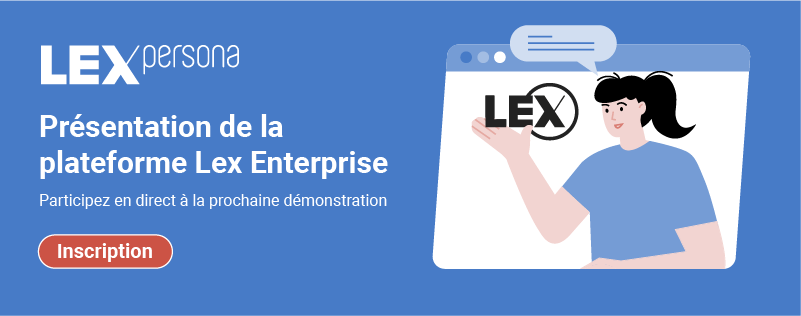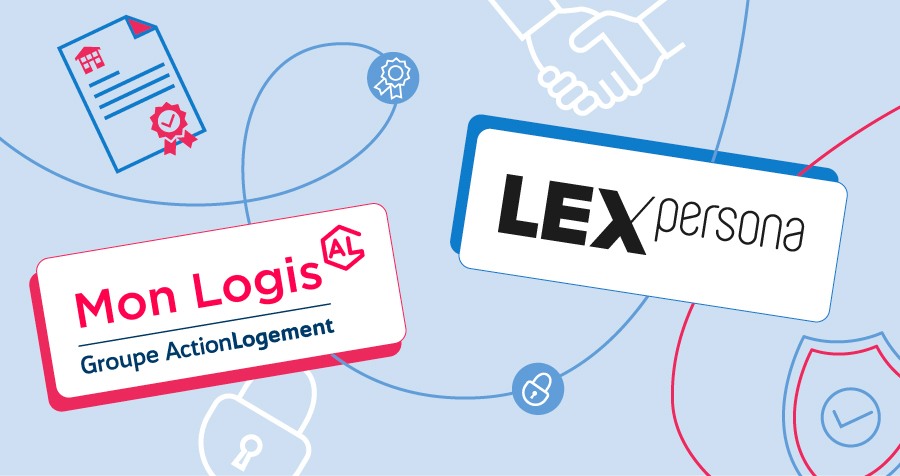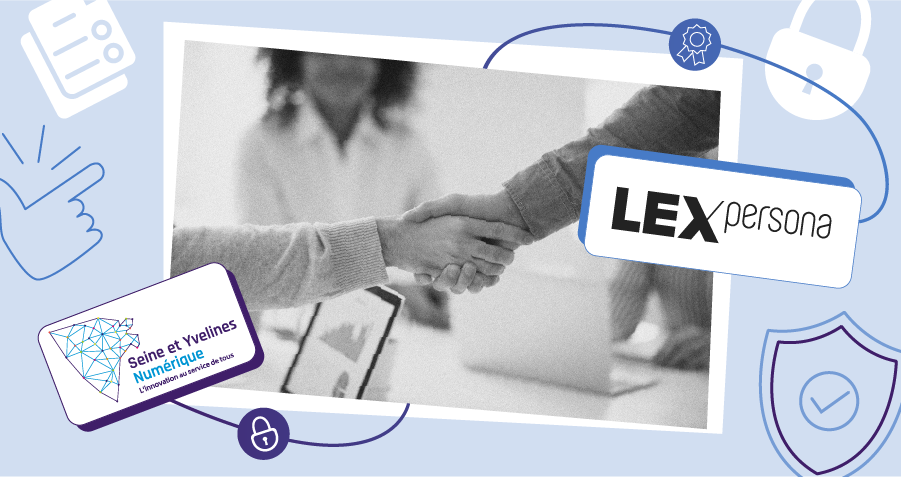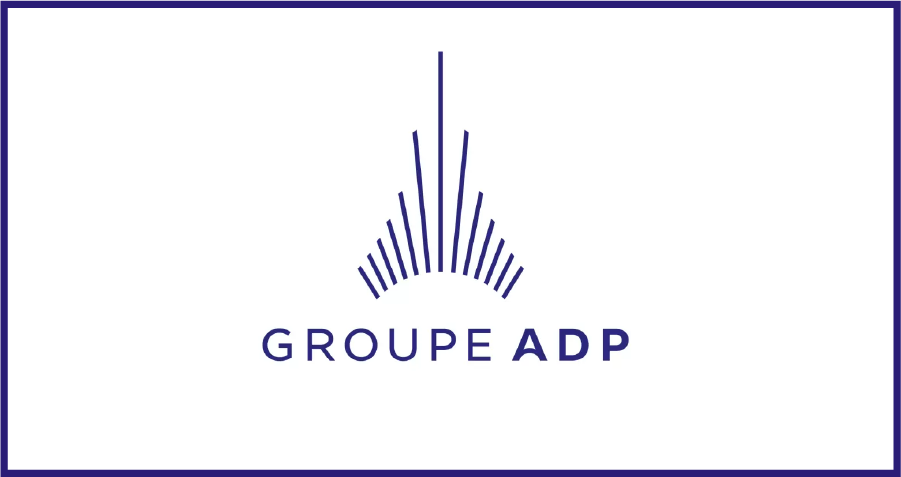Share on :
Electronic signatures simplify and accelerate the use of contracts. In the past, a handshake was all that was needed to conclude a deal or make an agreement. Today, the growing complexity of transactions has led to a gradual increase in the use of written contracts. These make it possible to formalize the commitments of the parties and to anticipate possible contingencies throughout the life of the contract.
Thus, signing a contract online is a way of ensuring that both parties have really agreed on the terms of the agreement. Without the need for paper, travel or costly and inefficient mailings.
Whether you're signing an employment contract, an insurance policy or a subscription contract. Or a company profit-sharing agreement, an annual appraisal interview or any other commitment. The time has come for electronic signatures.
The ever-increasing use of digital technology, hybrid work habits, the level of technological maturity and the growing confidence of organizations. These are just some of the factors that are enabling electronic signatures to become an integral part of contractual processes.
eIDAS regulation, Civil Code: what compliance?
The European eIDAS regulation recognizes the legality of electronic signatures in the European Union. It provides for 4 levels of electronic signature: "simple", "advanced" and " qualified".
Only the "qualified" level is binding on member states of the European Union. In France, this "qualified" level is mentioned inarticle 1367 of the Civil Code. Today, French commercial law does not impose any regulations on the use of electronic signatures. So what level of digital signature should you choose?
What level of signature is required to sign an online contract?
It's up to each party to assess the level of risk involved. Or to gauge the reliability of the other party. To choose the right level of electronic signature adapted to the transaction and its stakes.
"Simple", "advanced" or "qualified"?
When there are real doubts about the other party, for example, in the case of an agreement with an unfamiliar or unfamiliar supplier or customer, it may be wise to opt for an "advanced" or "qualified" electronic signature.
A question of balance
By turning to a qualified signature (the only equivalent of a handwritten signature), the organization needs to be aware, however, that this entails more constraints. In terms of use, deployment and cost.
It's important to strike the right balance between risk and convenience. Simple and advanced signatures do not offer the same probative value as handwritten signatures. They are nonetheless admissible as evidence in court. Today, a consensus seems to be emerging around the advanced signature.
"The time has come for electronic signatures.
Advanced signature: what specifications?
This level of electronic signature must meet the requirements set out inArticle 26 of the eIDAS regulation, namely:
- Be uniquely linked to the signatory;
- To identify the signatory;
- Have been created using electronic signature creation data that the signatory can, with a high level of confidence, use under his exclusive control;
- Be linked to the data associated with this signature in such a way that any subsequent modification of the data is detectable.
Take account of the specific characteristics of each business when drawing up contracts
However, to develop trust between the company and its customers, partners or suppliers, the signature solution must take into account the specificities of each business. Subscribe, hire, contract or join. Each of these terms corresponds to a type of operation specific to a particular business.
Hence the importance of the signature solution 's ability to personalize the action buttons and notifications sent to signatories, and the possibility of adapting the message to each type of operation and to the practices of each sector.
Electronic signature, a solution for building trust between parties
The added value of an electronic signature platform The added value of an electronic signature platform lies in its ability to stand aside in favor of the relationship between the two parties. That's why it must also offer traceability of the signature circuit. With, for example, the possibility of adding validators to a signature workflow.
In many companies, it is important for certain decision-making departments to be able to check documents. But they also need to be able to trace the signing process and responsibilities involved.
"The added value of an e-signature platform lies in its ability to take a back seat to the relationship between the two parties.
Archiving and evidence files
All the electronic evidence generated during the signature process is then aggregated into a document that can be presented as evidence in court. This document contains a wide range of information. These include: the transaction identifier, the signatory's name, e-mail address, the IP address of the signing device enabling geolocation, the signatory's identification and authentication history. Or traceability of the consent process, independent time stamping and transaction progress status.
Electronic signature and contract library
Legal and easy to use, signing a contract online is even more effective when integrated with a contract library. In other words, contract management software. This integration can be achieved via standardized connectors or specific developments. This makes it possible to manage the entire life cycle of a contract, from conception to signature and archiving.
Instead of creating your contracts in software, then transferring them to an electronic signature platform. Why not do everything automatically in one place? The combination of "contract management software" and "electronic signature" is the ideal solution for managing your contracts and getting them signed faster and more easily.







